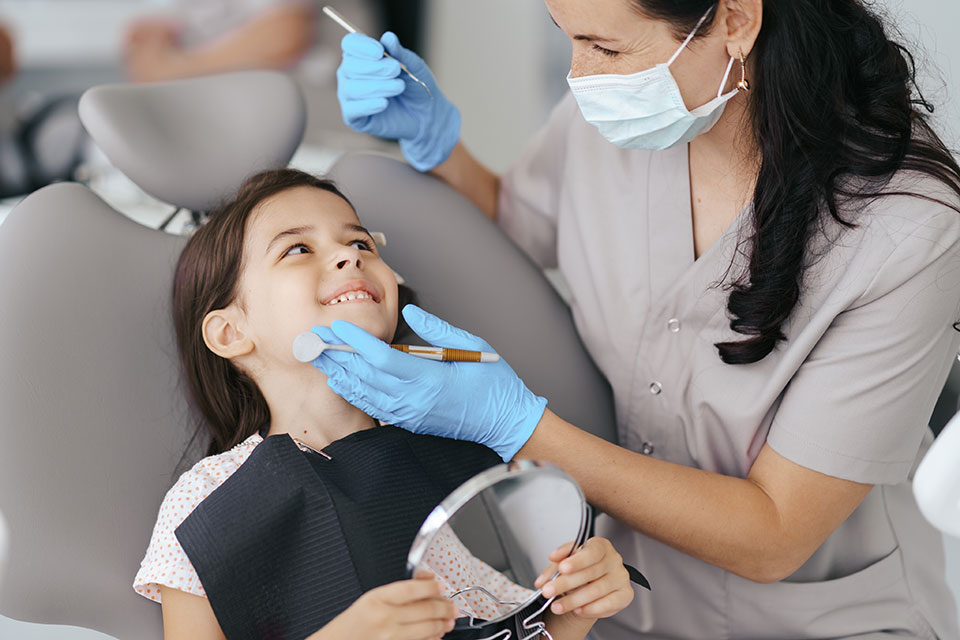

Research Projects for Oral Health Workforce Planning
We are engaged in a number of research projects aimed to assess the current oral health workforce and the delivery of oral health services in the US, and to assist policy makers in oral health workforce planning.
Filter Results
 Project Status
Project Status
